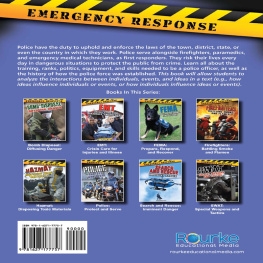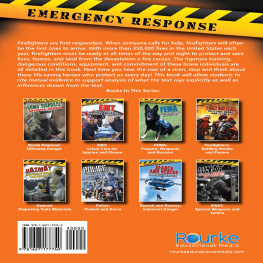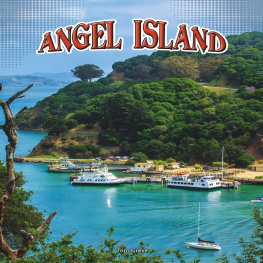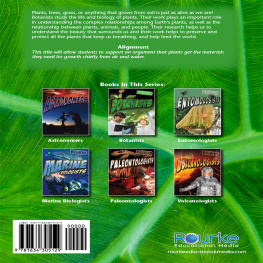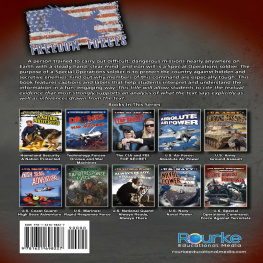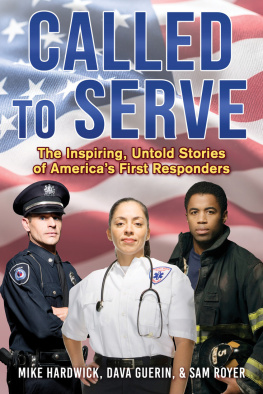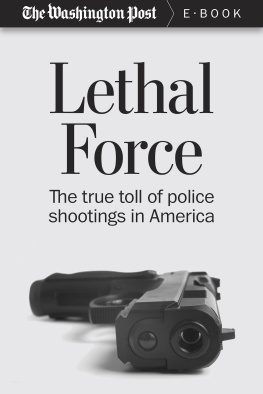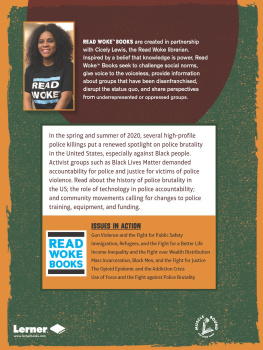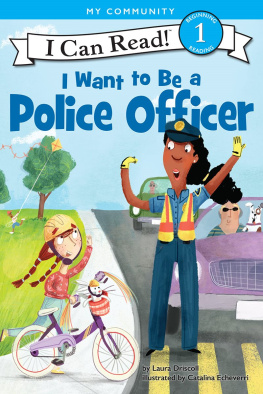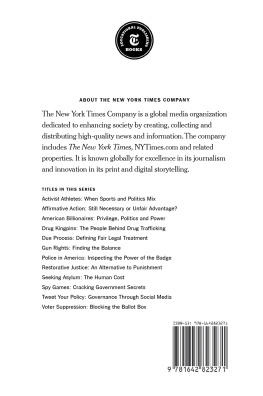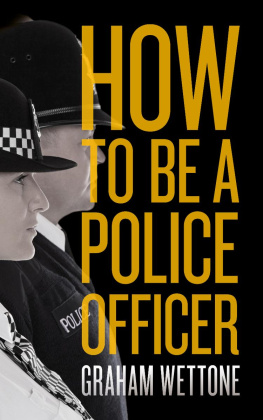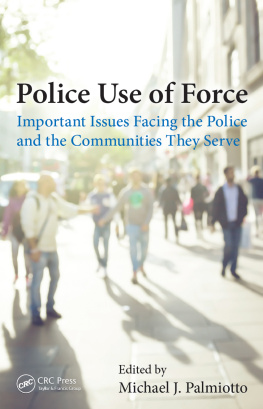Table of Contents
Guide
Level: Q Word Count: 997 Words
100th Word: United
Before & After Reading Activities
Content Area Vocabulary
Read the list. What do these words mean?
analytics
appoints
bribes
brutality
capitol
details
elected
emergencies
fiction
interstate
municipal
population
rural
society
suburban
sworn
taxes
undercover
urban
Before Reading:
Building Academic Vocabulary and Background Knowledge
Before reading a book, it is important to tap into what your child or students already know about the topic. This will help them develop their vocabulary, increase their reading comprehension, and make connections across the curriculum.
| Look at the cover of the book. What will this book be about? |
| What do you already know about the topic? |
| Lets study the Table of Contents. What will you learn about in the books chapters? |
| What would you like to learn about this topic? Do you think you might learn about it from this book? Why or why not? |
| Use a reading journal to write about your knowledge of this topic. Record what you already know about the topic and what you hope to learn about the topic. |
| Read the book. |
| In your reading journal, record what you learned about the topic and your response to the book. |
| After reading the book complete the activities below. |
After Reading:
Comprehension and Extension Activity
After reading the book, work on the following questions with your child or students in order to check their level of reading comprehension and content mastery.
| How do the duties of urban police officers differ from those of rural police officers? (Summarize) |
| How has technology changed police work?(Asking questions) |
| What was the first paid police force in the U.S. called? (Summarize) |
| What tools does an officer need? (Summarize) |
| Hollywood has made police work seem glamorous. How can this perception effect kids who want to become police officers?(Infer) |
Extension Activity
Show what you know! Draw a police officer and label all the important tools the officer needs each day. Then write 5 facts about police officers. Share this information with a partner.

About the Author
Tom Greve is a freelance writer from Chicago; a city served by the second largest police force in the U.S. He is married and has two children. He appreciates the work of all the good men and women of the police force, who work to maintain peace and justice.

2015 Rourke Educational Media LLC
All rights reserved. No part of this book may be reproduced or utilized in any form or by any means, electronic or mechanical including photocopying, recording, or by any information storage and retrieval system without permission in writing from the publisher.
www.rourkeeducationalmedia.com
PHOTO CREDITS: Cover DavidPinoPhotography; Page 4 Bevan Goldswain; Page 5 TFoxFoto, Page 5a bikeriderlondon; Page 6-7 Lane V. Erickso; Page 8 iofoto; Page 10-11 Daryl Lang Page 11 bikeriderlondon; Page 12 Lissandra Melo, Luis Louro, mikeledra; Page 14 Jim Parkin Page 15 miker; Page 17 bikeriderlondon; Page 18 James Mattil, Stephen Coburn; Page 19 Ella Sarkisyan; Page 22 bikeriderlondon; Page 22-23 spirit of america; Page 24 Christopher Ziemnowicz; Page 25 arfo; Page 25a kilukilu; Page 25b Corepics VOF; Page 26-27 Martynova Anna; Page 26 Graham Taylor; Page 27 Glynnis Jones; Page 29 U.S. Federal Government/FEMA
Edited by: Jill Sherman
Designed and Produced by: Nicola Stratford www.nicolastratford.com
Library of Congress Cataloging-in-Publication Data
Greve. Tom.
Police: Protect and Serve / Tom Greve
p. cm. -- (Emergency Response)
ISBN 978-1-62717-653-8 (hard cover) (alk. paper)
ISBN 978-1-62717-775-7 (soft cover)
ISBN 978-1-62717-894-5 (e-book)
Library of Congress Control Number: 2014934246
Rourke Educational Media
Printed in the United States of America,
North Mankato, Minnesota

PROTECTING THE PUBLIC
Its evening in the supermarket. A boy and his friends wait in line to pay for their snacks. Suddenly, the crash of colliding shopping carts and angry shouting pierces the normal sound of the store.
The boys look toward the noise of the scuffle. They see a person running out of the store. Hes followed by the stores owner, who is shouting.
Police and the Public Trust
The public depends on the police to fight and investigate crimes, and to protect the public from criminal harm and other kinds of emergencies. Police carry the public trust in their sworn duties as officers of the law. This trust helps maintain peace in modern society.
Hey! Come back here! Im calling the police!

Like firefighters rushing toward deadly danger, police have to be ready to respond to dangerous situations at a moments notice.
JUSTICE FOR ALL
Police have the duty to uphold and enforce the laws of the town, district, state, or even the country in which they work. They are public employees. Their pay comes from money collected in taxes.
In the United States, police represent the first part of the three-tiered criminal justice system. The three parts of the criminal justice system work together to discover truth and carry out justice. The courts carry special powers to judge police and corrections officers if their members stand accused of a crime while performing their jobs.
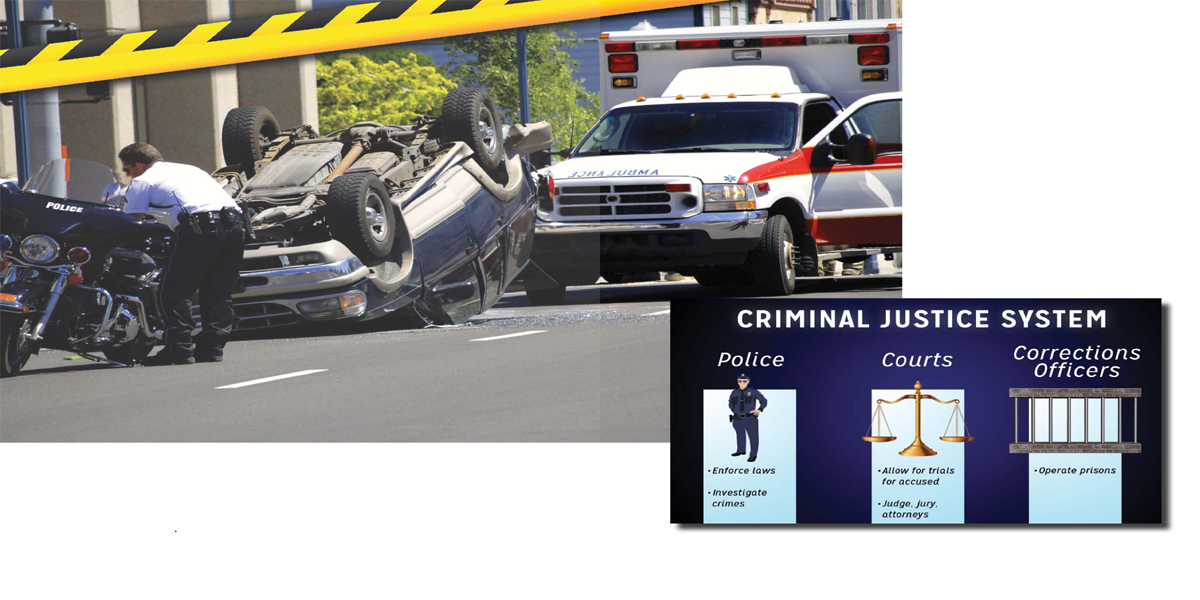
Police serve, along with firefighters, paramedics, and emergency medical technicians, as first responders. When there is an emergency, they rush to the scene to help people in danger.
Police arrest people who they believe have broken the law. In court, they are judged as guilty or not guilty of the crime. If they are convicted of a crime, the corrections department may put them in prison.
KEEPING PEACE
Police officers take an oath of service when they join a department. This is why police are sworn officers of the law. Most sworn police officers in the U.S. work for

